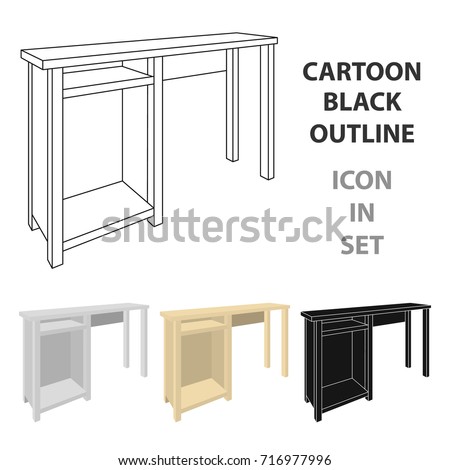Subject The Fascinating Experience Of Refurbishing Aged Cupboards, Revealing Unknown Tales And Unlocking The Tricks Of Classical Times
Subject The Fascinating Experience Of Refurbishing Aged Cupboards, Revealing Unknown Tales And Unlocking The Tricks Of Classical Times
Blog Article
Authored By-Drejer Lyons
To begin the trip of bring back antique cupboards, you need a keen eye for detail. Think of uncovering concealed keys within each layer of background ingrained in the timber. Image the contentment of reviving a once-forgotten piece to its previous glory. Every step of this precise process holds the vital to preserving the past while developing a future treasure. So, are you prepared to embark on this transformative venture and unlock the potential of your antique cupboards?
Evaluating the Closet's Condition
When starting the remediation procedure, begin by assessing the condition of the antique closet. Carefully examine the general structure for any indications of damages such as fractures, chips, or loosened joints. Examine the wood for any kind of rot, warping, or insect invasion that may have taken place over time. It's essential to identify the level of the restoration required prior to proceeding even more.
Next, evaluate the cupboard's hardware such as joints, handles, and locks. Make note of any kind of missing out on items or parts that need repair or replacement. Make sure that all hardware is operating appropriately and safely connected to the cupboard.
Furthermore, review the cabinet's coating. Try to find any kind of scratches, spots, or discoloration that may impact the visual charm. Establish if the surface requires to be stripped and reapplied or if a basic touch-up will suffice.
Gathering the Necessary Tools and Products
After examining the condition of the antique cabinet, the next step is to collect the essential devices and products for the remediation process. Before you start, guarantee you have the complying with things accessible:
- timber cleaner
- sandpaper in numerous grits
- wood filler
- paint or timber discolor
- brushes
- gloves
- safety goggles
- a dirt mask
- a ground cloth
- a putty blade
- a hammer
- a screwdriver
- a hoover
These devices and products are vital for an effective restoration.
Wood cleaner is essential for getting rid of years of dust and crud build-up, preparing the surface for fining sand. Sandpaper of different grits assists in smoothing out blemishes and preparing the wood for a new surface. Wood filler comes in handy for repairing any fractures, openings, or dents existing in the cabinet.
https://costtoremodelentirehouse98642.liberty-blog.com/27921456/discover-a-cosmos-of-polished-workmanship-and-bespoke-style-under-the-proficiency-of-a-skilled-custom-made-closet-manufacturer-where-your-home-are-transformed-right-into-useful-and-visual-marvels or wood tarnish, together with brushes, permit you to tailor the closet to your choice. Bear in mind to put on handwear covers, safety and security goggles, and a dust mask for protection. Put down a ground cloth to safeguard your work area, and make use of a hoover to clean up any type of particles.
With these devices and materials collected, you prepare to begin the reconstruction process.
Implementing the Restoration Process
To effectively perform the remediation procedure on your antique closet, start by extensively cleansing the surface with the timber cleaner. This action is vital as it helps eliminate years of dirt, grime, and old polish that may have accumulated externally.
Once the cupboard is clean and dry, examine the condition of the wood. Seek any splits, scrapes, or other problems that need to be resolved. Usage timber filler to fix any kind of blemishes, making sure to match the filler shade to the wood tone for a smooth surface.
After the fixings have dried, carefully sand the whole surface area to create a smooth and even base for the new finish. Beware not to sand as well aggressively, as you do not want to damage the wood underneath.
As soon as the sanding is full, use a wood tarnish or end up of your choice, complying with the manufacturer's instructions. Enable the surface to dry totally prior to applying a protective top coat to make sure the long life of your restored antique cupboard.
Final thought
Now that you have finished the repair procedure, your antique cabinet looks like new.
By complying with the step-by-step overview, you were able to analyze, fix, and boost its problem effortlessly.
With https://www.goodhousekeeping.com/home/decorating-ideas/g38560382/walk-in-shower-ideas/ and safety leading layer, your cherished piece will remain to shine for many years to come.
Take pleasure in the appeal of your recovered antique cabinet!
